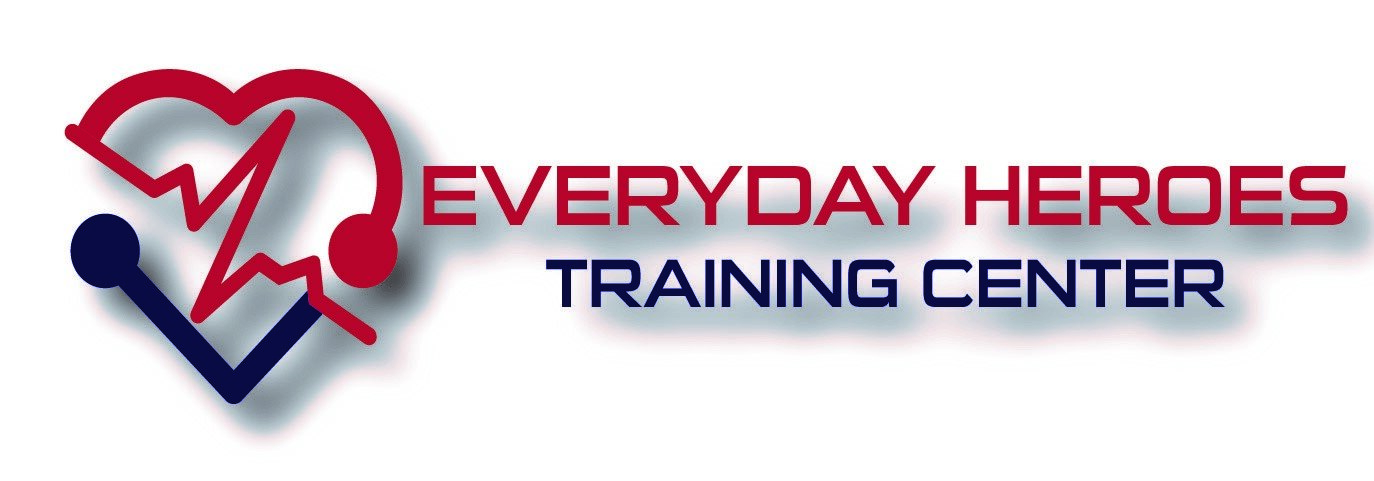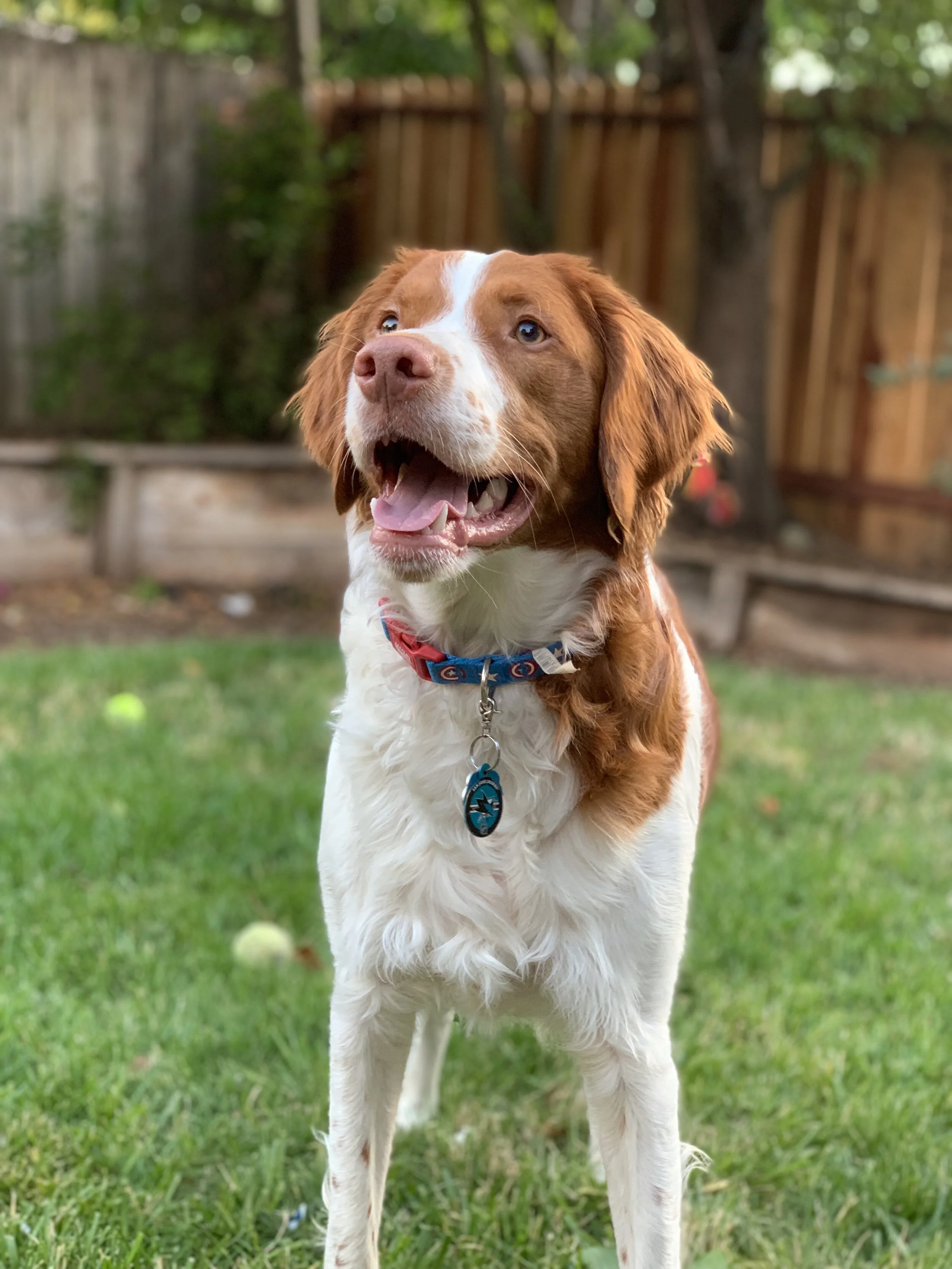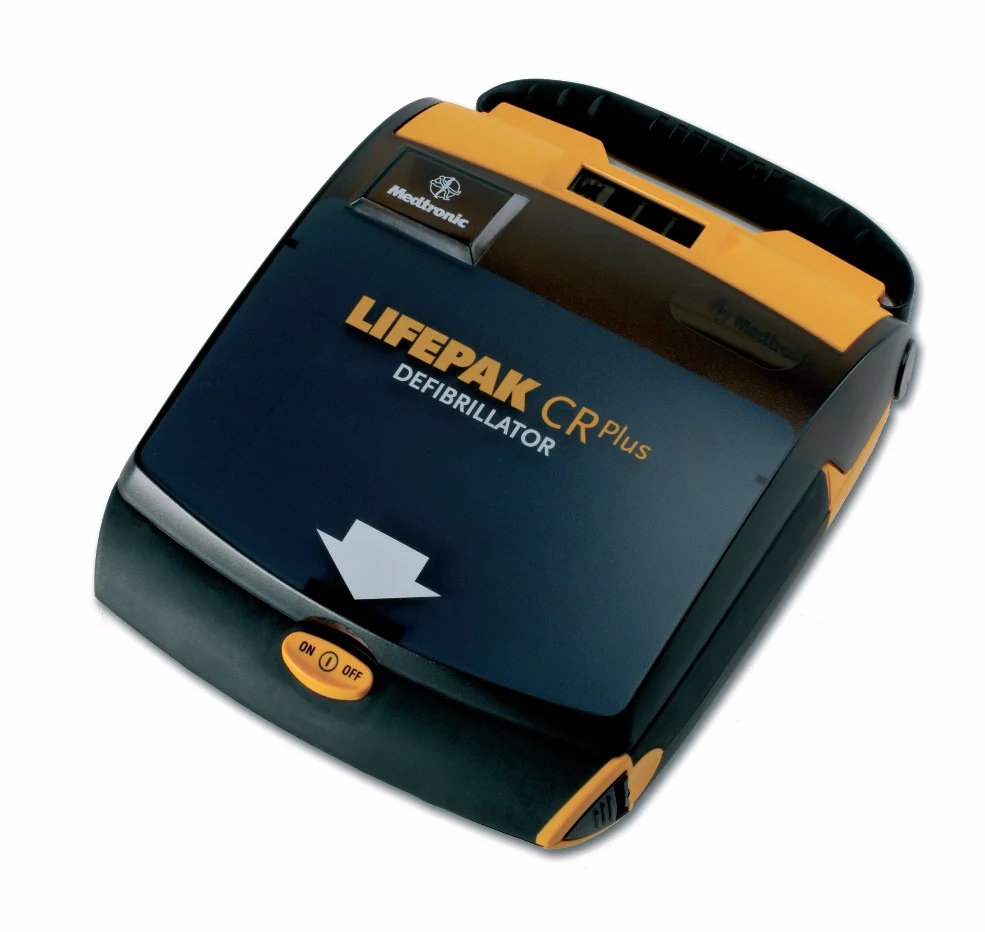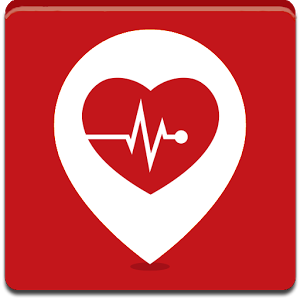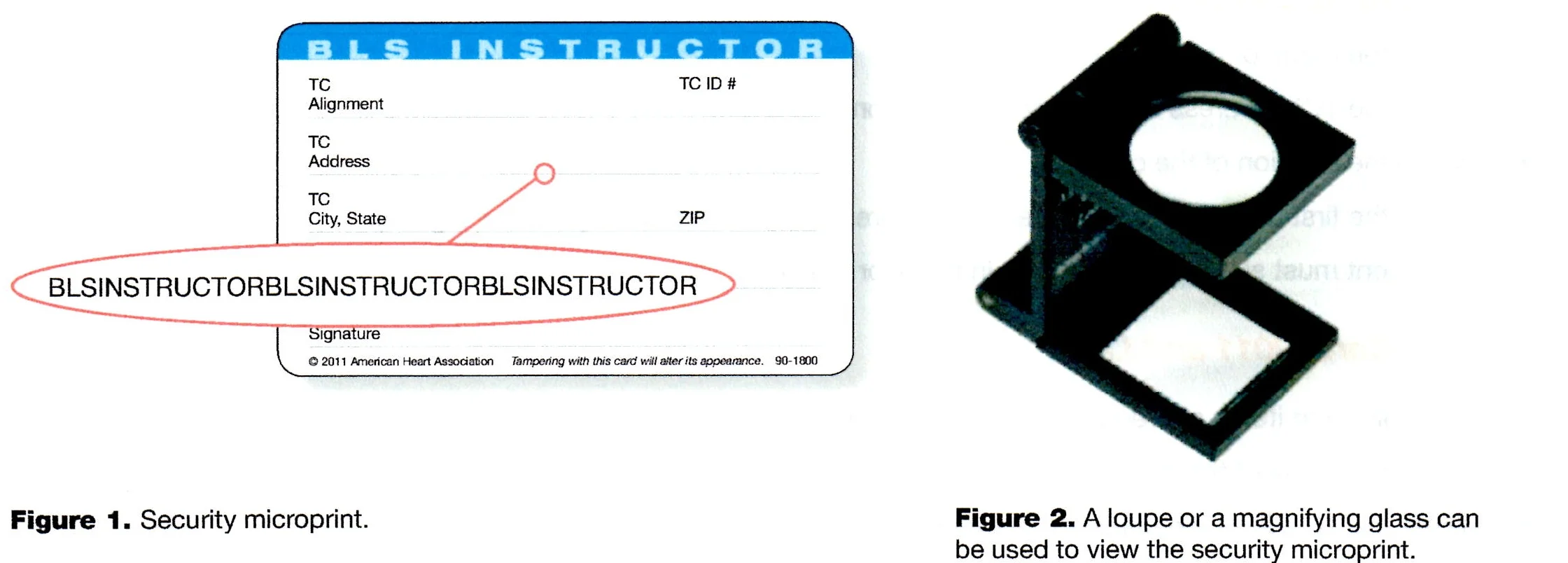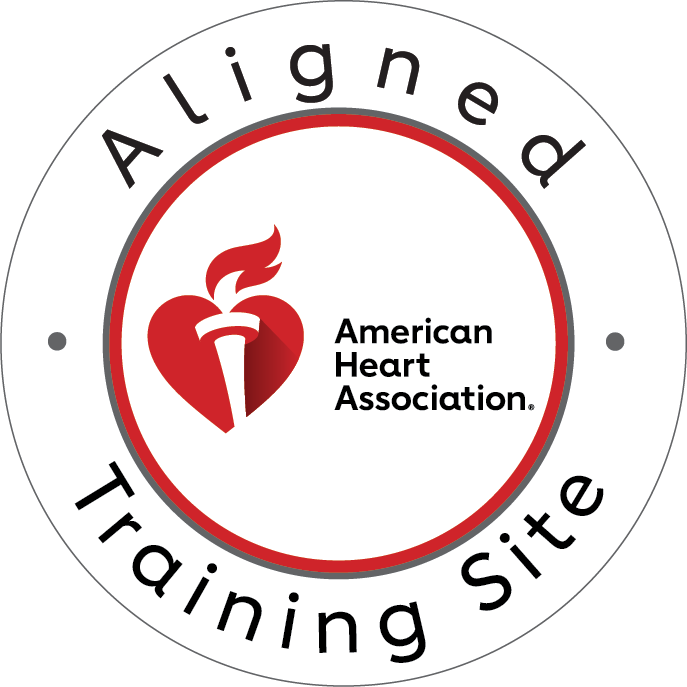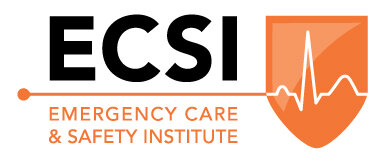Do I need a babysitting certification?
/Many teens today want to use babysitting as a tool to earn money after school and on weekends. However, parents can be quite hesitant of hiring someone to watch their young children when they are away if that person has not had proper training. Parent concerns range from home safety, safe food handling, appropriate play activities to proper etiquette of the babysitter.
The ideal place for teens to be educated on all these topics is a Babysitter Certification Course. These courses should teach students how to handle infants (including bottle handling & how to change a diaper), appropriate playtime activities for children of different ages. The course should also educate students of how to be saver in a home when no adults are present (topics such as opening the door to strangers and answering phone calls). Most courses also cover topics such as cleaning up after yourself, being respectful of the home they are in.
Most importantly, these courses should teach students basic first aid and how to handle emergencies. It is important for babysitters be able to handle the bumps and bruises children often get, as well as be able to recognize an emergency.
Many certification courses will teach teens how to handle their babysitting as a business. Educate them on how to document babysitting appointments, how to handle payments and how to market themselves to build a good base of customers.
Most Babysitting Certification courses do not include CPR/AED Certifications. This certification is just as vital as the Babysitting Certification. If you are looking for a course that is ideal for you teen, make sure you find one that includes the CPR certification. Being certified in CPR/AED can simply mean the difference between life and death in some situations. This additional certification will place your teen above all other babysitters in the area. This certification give parents confidence that their babysitter can handle emergencies of all types. Plus, by having the additional certification that is not required, it shows parents that this babysitter takes their responsibilities seriously and went the extra steps to further educate themselves.
So before your teen tries to build their customer base, make sure they are prepared as well as very marketable with a Babysitter Certification and CPR/AED Certification.
For more information, please visit our website:
